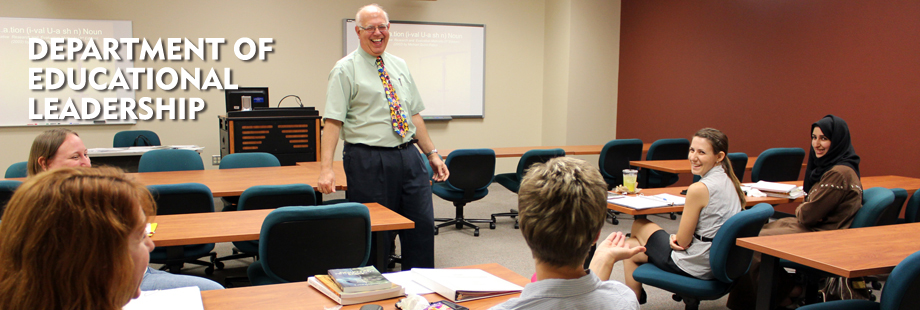Document Type
Article
Publication Date
2019
Publication Source
International Journal of Educational Reform
Abstract
The year 2000 was pivotal for the developing nations of the world. During the Millennium Summit, 189 member nations of the United Nations and 23 international organizations came together to adopt the United Nations Millennium Declaration and to commit to help achieve eight Millennium Development Goals (MDGs). Those goals were to eradicate extreme poverty and hunger; achieve universal primary education; promote gender equality and empower women; reduce child mortality; improve maternal health; combat HIV/AIDS, malaria, and other diseases; ensure environmental sustainability; and develop a global partnership for development. These ambitious goals had specific targets to be achieved by 2015 (United Nations, 2016).
Although some progress between 2000 and 2015 was made, the second Millennium Development Goal—Achieving Universal Primary Education by 2015—was particularly challenging for most developing countries. Due to weak public-school systems, lack of infrastructure, a dearth of student data, and a paucity of trained teachers, many countries have not been able to provide universal primary education for all. In order to build upon the Millennium Development Goals, 193 countries came together and created the Sustainable Millennium Goals (SDGs) to be achieved by 2030.
With 17 goals and 169 targets, The Sustainable Development Goals (SDGs) aim to eradicate poverty in all its forms by 2030. The SDGs are universal goals involving all stakeholders in developed and developing nations equally. These goals promote and leverage interconnections for an integrated approach of development by focusing on the social, economic, and environmental well-being of the planet and its people. In education, Goal # 4 reads: Ensure inclusive and equitable quality education and promote life-long learning opportunities for all.
This article describes the findings of a study conducted in Ghana exploring Goal 4 target 4 c. Target 4 c aims to achieve the following: By 2030, increase by X% the supply of qualified teachers, including through international cooperation for teacher training in developing countries, especially Least Developed Countries (LDCs) (United Nations, 2016).
Inclusive pages
170-190
ISBN/ISSN
1056-7879
Document Version
Postprint
Copyright
Copyright © Sage Publications
Publisher
Sage Publications
Volume
29
Issue
2
Peer Reviewed
yes
eCommons Citation
Brion, Corinne and Cordeiro, Paula A., "Voices of Ghanaian Head-Teachers Working in Low-Fee Private Schools" (2019). Educational Leadership Faculty Publications. 229.
https://ecommons.udayton.edu/eda_fac_pub/229
Included in
Educational Assessment, Evaluation, and Research Commons, Educational Leadership Commons, Higher Education Administration Commons




Comments
The document available for download is the author's accepted manuscript, provided in compliance with the publisher's policy on self-archiving. Permission documentation is on file.
View the article on the journal website: https://doi.org/10.1177/1056787919885367